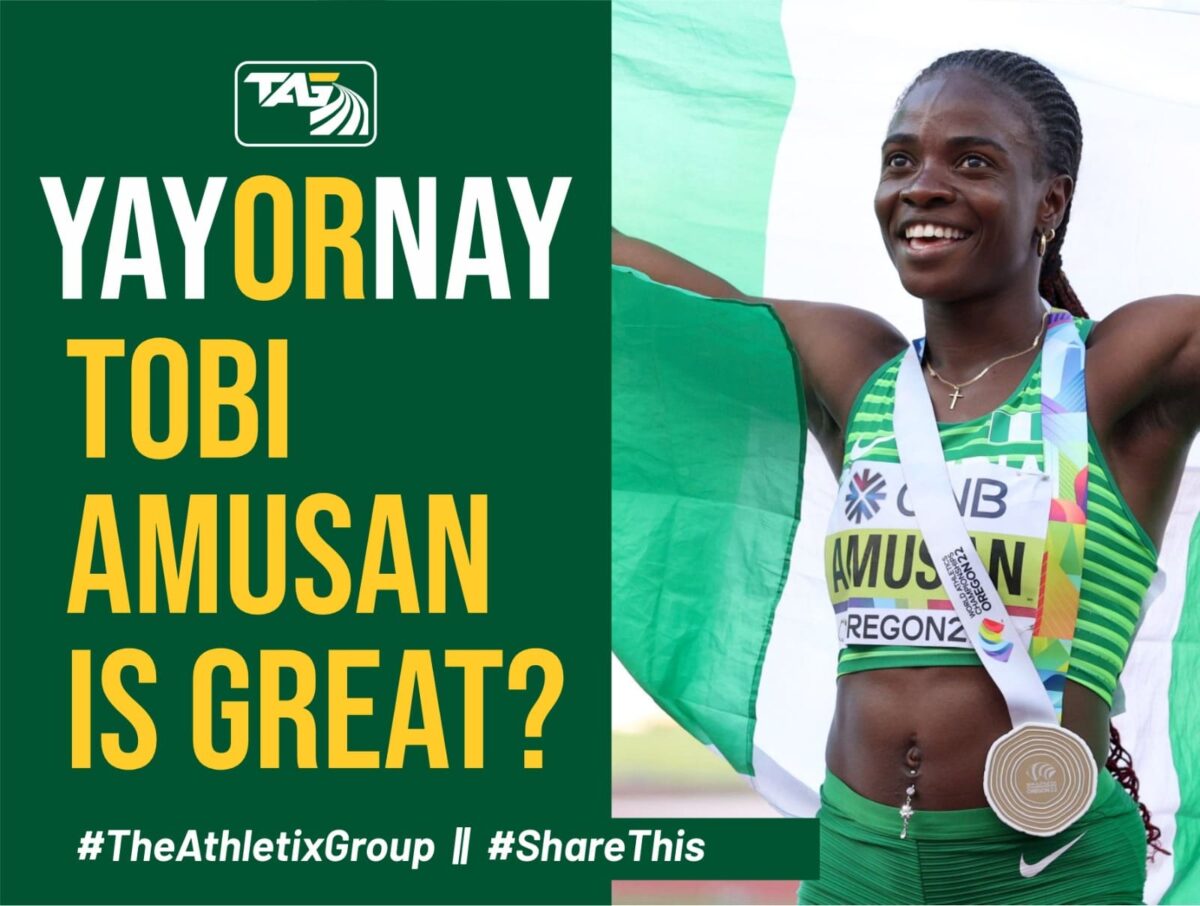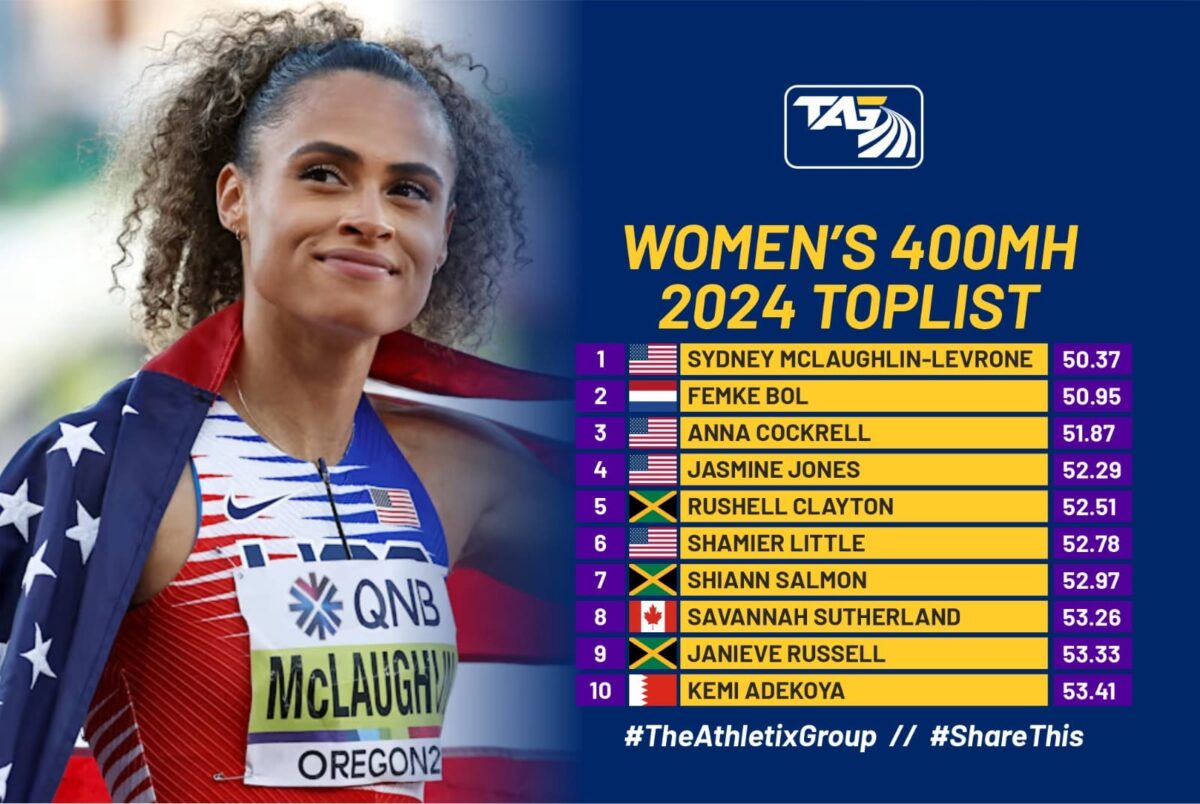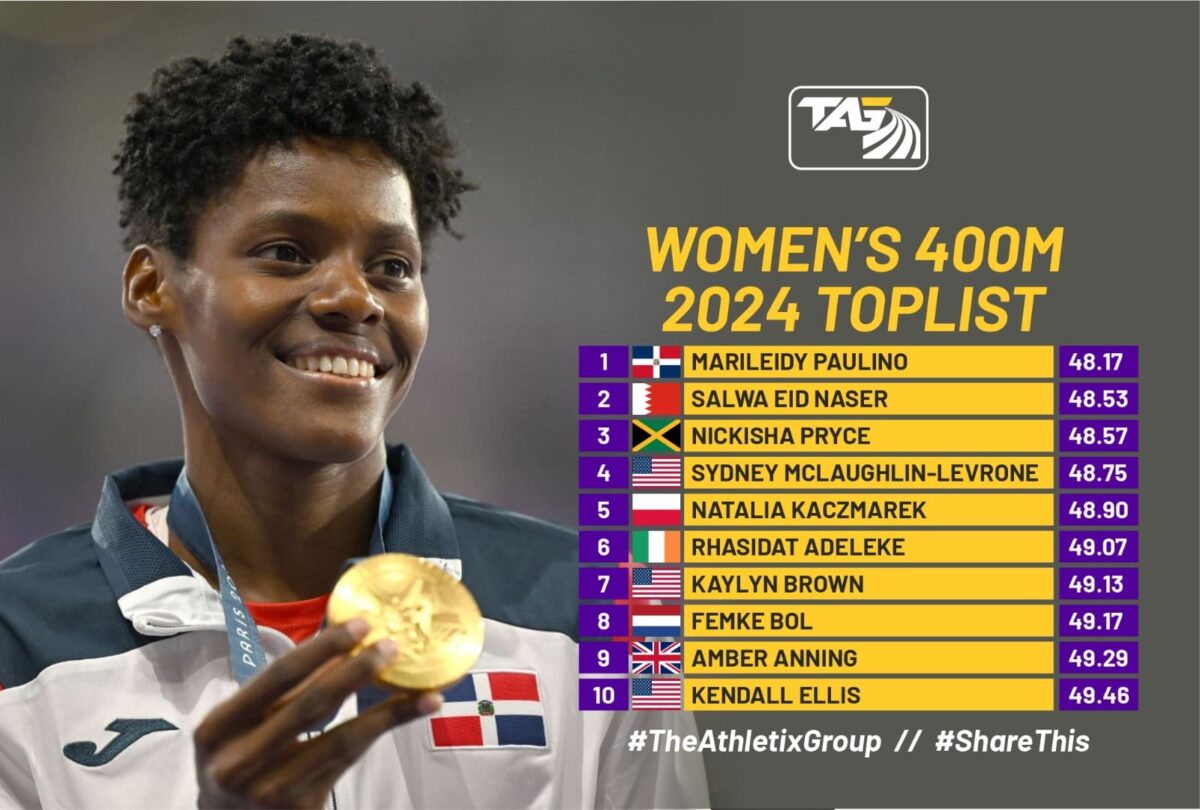
Kung Fu, meditation and a ‘Dream Shake’: Inside Victor Wembanyama’s return
October 9, 2025
Weekend Lineup Presented By Sky Racing: Turf Runners And Statebreds Are In The Spotlight
October 10, 2025
In modern football, tactics have evolved into complex systems that depend heavily on individual player traits. Whether it’s a forward’s instinct for space or a midfielder’s passing vision, managers now tailor tactics around the core attributes of their squad. As formations become more fluid, it’s the specific traits of each player — not just their position — that determine their tactical role on the pitch.
Understanding these player-specific dynamics helps explain why two teams with the same formation can play completely differently.
Highroller, the entertainment-first social gaming destination also showcases this player-driven approach in the way themed entertainment reflects different football archetypes, reinforcing how personality and traits influence strategy — on and off the field.
Physical Traits That Shape Tactical Utility
1. Pace and Acceleration
Pace is one of the most immediately noticeable traits in a player. Wingers like Vinícius Júnior or full-backs such as Alphonso Davies thrive in systems that emphasize counterattacks and wide transitions. Their speed allows managers to adopt vertical tactics, stretching opposition lines and opening space.
In tactical systems like Jürgen Klopp’s gegenpressing, rapid transition from defense to attack relies on quick players in forward roles. These players not only chase loose balls but also exploit defensive gaps created under pressure.
2. Stamina and Work Rate
Endurance plays a major role in high-intensity systems. Box-to-box midfielders like Jude Bellingham or Bernardo Silva cover large areas, linking defense and attack. A player’s ability to maintain high work rate over 90 minutes can influence whether a team plays with a press-heavy shape or a more reserved block.
Technical Abilities and Tactical Roles
1. Passing Range and Vision
Midfielders with elite passing range — like Toni Kroos or Kevin De Bruyne — can dictate tempo and unlock compact defenses. Managers who favor possession-based football, such as Pep Guardiola, build systems around these vision-based players.
Players with this trait are often deployed as deep-lying playmakers or advanced No. 8s, controlling the rhythm of the game and switching play under pressure.
2. Ball Control and Dribbling
Some systems rely heavily on players who can beat opponents in 1v1 situations. Tactical approaches that use wide isolation — like that seen at Real Madrid or Paris Saint-Germain — are built around strong dribblers who can create space where there is none.
This kind of trait leads to tactical roles where the player is given freedom to operate, such as inverted wingers or false forwards who cut inside and break defensive lines.
Mental Attributes and Strategic Value
1. Decision-Making
Quick, correct decisions under pressure often separate elite players from the rest. Managers look for players who can assess multiple options in seconds, especially in tight spaces. These traits are crucial in central roles where time on the ball is limited.
Whether it’s choosing the right pass or when to shoot, decision-making affects team shape and how fluidly a system can operate. Systems like tiki-taka become ineffective without players who consistently make the right choices.
2. Positional Awareness
Players with strong spatial awareness — such as Sergio Busquets in his prime — can control zones without needing exceptional physical traits. They read the game, cut passing lanes, and always seem to be in the right place.
Tactically, these players often serve as the backbone of zonal marking systems or act as pivots in build-up play.
Psychological Traits: The X-Factor in Roles
1. Leadership
Not every leader wears the armband. Players like Virgil van Dijk or Ilkay Gündoğan anchor team dynamics through communication and presence. Managers often assign them organizational roles during set-pieces or transitions.
Leadership traits can also determine who holds tactical responsibility — such as initiating pressing triggers or managing offside lines.
2. Mental Toughness
In high-pressure environments, players need to maintain composure and recover quickly from mistakes. Mental resilience becomes key during high-stakes matches or penalty shootouts.
Managers often position mentally strong players at the heart of the action — in central defense, midfield, or as penalty takers — because they’re more likely to stay composed under stress.
Tactical Systems Are Built Around Traits, Not Just Positions
Modern tactics are no longer position-dependent — they’re trait-dependent. A classic 4-3-3 may look the same on paper, but the presence of a high-energy winger versus a creative playmaker can drastically shift how it functions.
A strong example is how Manchester City adapts its midfield. While one season they may rely on Gundogan’s box entries, another season they’ll shape the system around a deeper pivot like Rodri. It’s not the formation that changes, but the roles, based on traits.
According to a technical report by UEFA, the best teams in Europe are those that successfully integrate physical, technical, and psychological traits into their tactical frameworks — showing just how vital player profiles are in shaping strategy.
Final Thoughts: Scouting by Role, Not Just Talent
Clubs now scout players not just by ability but by fit. A midfielder might be technically brilliant but won’t suit a team that demands constant pressing. Tactical recruitment focuses on aligning player traits with the manager’s system.
From speed and stamina to decision-making and leadership, every trait influences where and how a player fits — proving that in modern football, roles are built on characteristics, not just charts on a whiteboard.








https://shorturl.fm/ESpjT